- About us
- Support the Gallery
- Venue hire
- Publications
- Research library
- Organisation chart
- Employment
- Contact us
- Make a booking
- Onsite programs
- Online programs
- School visit information
- Learning resources
- Little Darlings
- Professional learning
Edward John Eyre (1815–1901), explorer, emigrated to New South Wales from England in 1833, when he was seventeen. He acquired land and became involved in overlanding livestock before settling in South Australia in 1839. In May of that year, he set out on an expedition that took him to the Spencer Gulf and towards the Flinders Ranges. He then went to Port Lincoln and traversed the peninsula that now bears his name, returning via the Gawler Ranges and Lake Torrens. In January 1840 he learned of a planned expedition to find an overland route to the west. Eyre persuaded the organisers to refocus the expedition on the north, agreeing to pay for half of this bid to ‘discover the inland of Australia’. He departed Adelaide again in June 1840 and proceeded to his depot at Mount Arden, at the head of the Spencer Gulf. Eyre’s various attempts to continue north in search of fertile land were thwarted by vast expanses of salt lakes. He made it north east to a rise he named Mount Hopeless, in the Flinders Ranges, before returning to the depot. He then decided to head west across the Bight with a party comprising his assistant, John Baxter, and three Aboriginal men. Several gruelling months into the trip, Baxter was killed and two of the other members of the party disappeared. Eyre and his remaining Aboriginal colleague, Wylie, staggered into Albany on 7 July 1841. Six years later Eyre was rewarded for the journey with the Founder’s Gold Medal of the Royal Geographical Society. In 1844, after having served as Protector of Aborigines in South Australia, he sailed home. His career ended contentiously in Jamaica in 1865 after he had violently quelled what he perceived as a coming rebellion. He was exonerated by a Royal Commission, but a welter of court proceedings ensued in England, with a register of the eminent persons of the day taking sides for and against his actions. For the last twenty-five years of his life Eyre lived on a pension in seclusion with his family near Tavistock, England.
Julia Margaret Cameron (1815–1879) is considered one of the nineteenth century’s pre-eminent photographers. A mother of six, Cameron took up photography at age forty-eight after receiving a camera as a gift. Largely self-taught, she converted a chicken coop into a studio and between 1864 and 1875 produced images that explored the ‘high art’ possibilities of a mechanical medium. Cameron employed her family, friends and acquaintances as models, but is best known for having created portraits of Victorian luminaries, including Charles Darwin, Alfred Tennyson and John Herschel.
Presented by Sir Roy Strong and the late Dr Julia Trevelyan Oman in memory of their friendship with Gordon Darling and Marilyn Darling 2006
Sir Roy Strong (1 portrait)



On one level The Companion talks about the most famous and frontline Australians, but on another it tells us about ourselves.
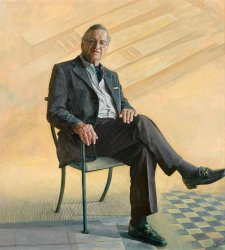
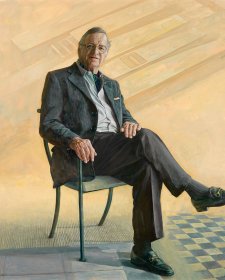
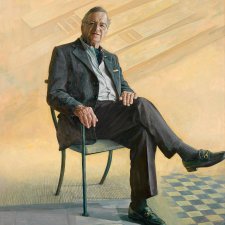
A new painting by Jiawei Shen captures the vision and resolve of the Gallery's founder, L. Gordon Darling AC CMG.
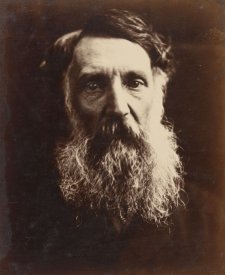
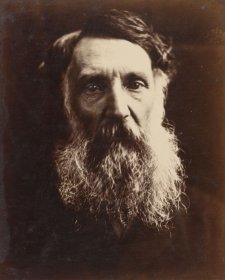
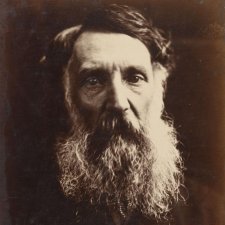
The National Portrait Gallery's acquisition of the portrait of Edward John Eyre by pioneering English photographer Julia Margaret Cameron.